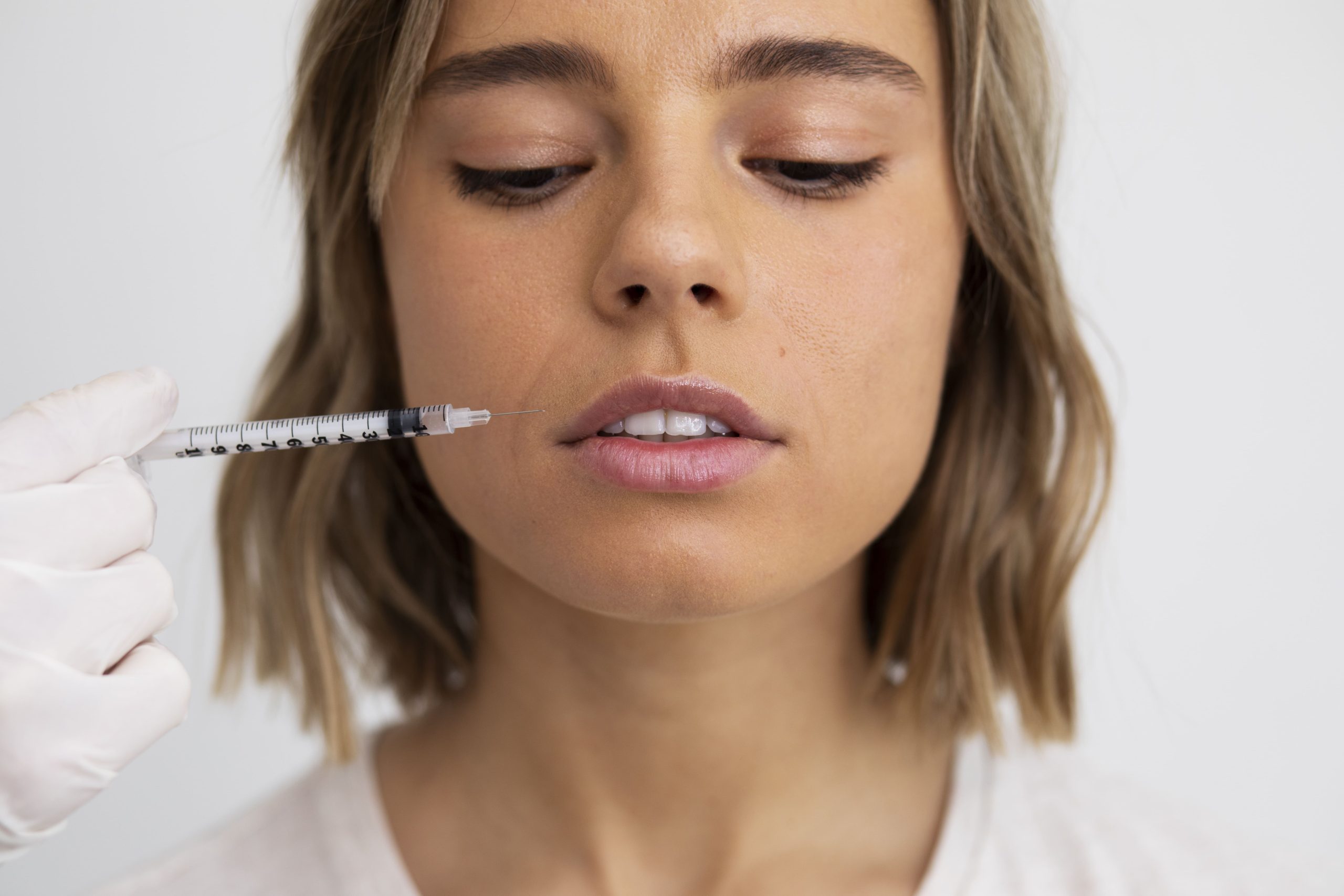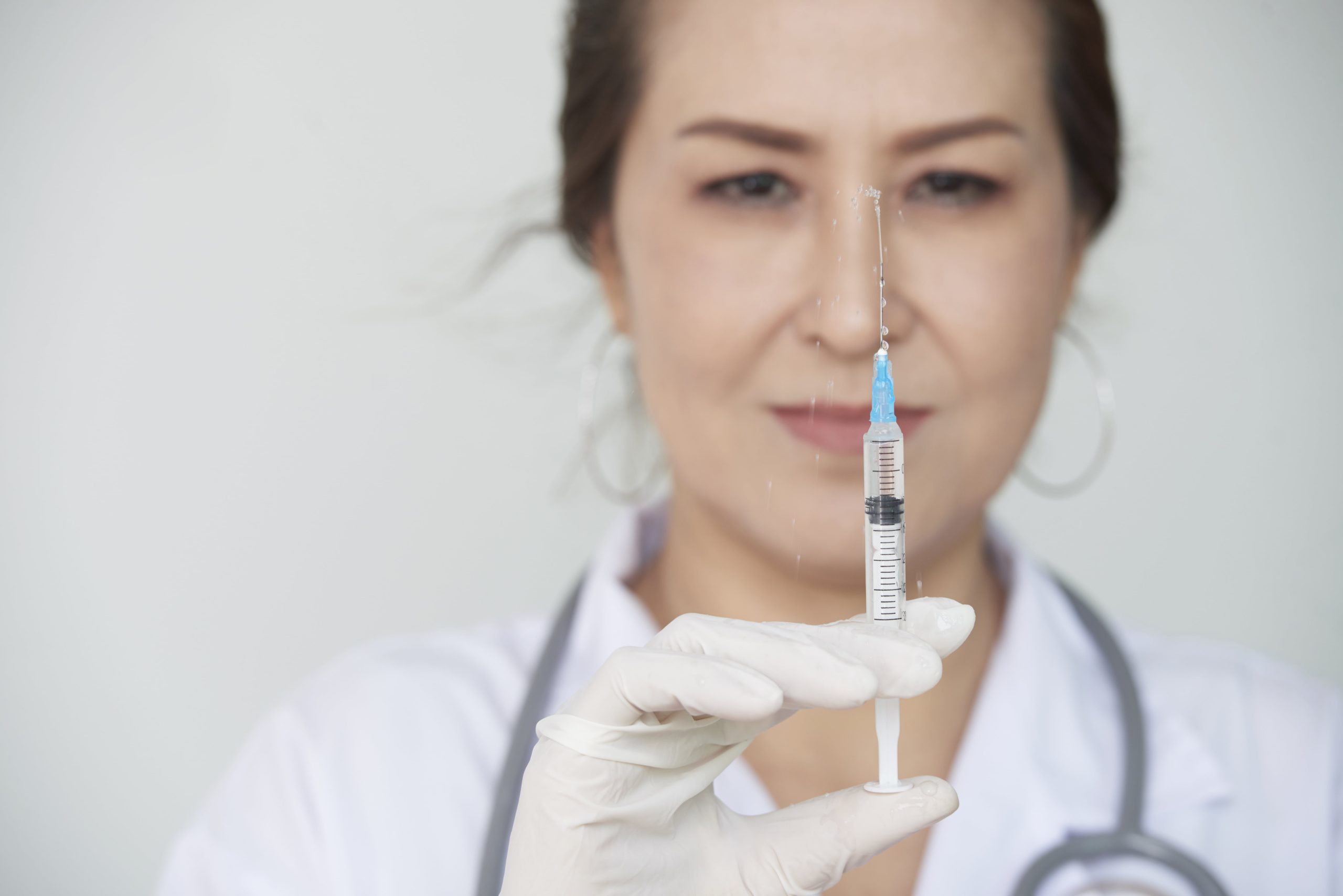Lip Filler Migration: Causes, Prevention, and How to Fix It

Lip fillers have become a popular non-surgical solution for enhancing lip volume and shape. While the procedure is generally safe and effective when performed correctly, one potential complication that both patients and providers must be aware of is lip filler migration. This condition can compromise aesthetic results and lead to dissatisfaction if not properly managed. Fortunately, with careful technique, product selection, and patient education, it can be both prevented and treated.
Key Takeaways
This article will explain:
- What is filler migration
- The common causes of the condition
- How to prevent migration
- How to identify it once it occurs
- Ways to fix filler migration
- How to communicate with patients effectively
What Is Lip Filler Migration?
Lip filler migration occurs when dermal filler spreads outside of the intended injection area. Rather than staying confined to the vermilion border and body of the lips, the filler may drift above or below, creating an unnatural or “overdone” appearance.
Patients may notice:
- A blurred vermilion border, making the lip lines appear less defined
- A “filler moustache”, or a swollen area above the top lip
- A bulging appearance of the upper lip
- Puffiness that doesn’t resolve with time
Migration can occur either shortly after treatment or gradually over time, particularly in individuals who have undergone multiple lip filler sessions without allowing the first product to fully break down.
Common Causes of Filler Migration
Understanding why lip filler migration happens is essential for prevention. Several factors can contribute to it, so let’s go over the most common ones:
Overfilling or Injecting Too Frequently
Adding too much volume in a limited area is the most common cause of lip filler migration. Namely, it increases pressure and encourages filler to migrate. Likewise, repeated treatments performed too closely together can lead to product stacking, where new filler is placed on top of material that hasn’t fully integrated or broken down, creating room for migration.
Poor Injection Technique
Migration can also be caused by incorrect injection depth or plane. Superficial injections, especially near the surface of the skin, may encourage product movement outside the lip tissue. Injecting too high above the vermilion border is also a common technical error.
Wrong Type of Filler
Not all hyaluronic acid fillers behave the same way. Softer, more mobile fillers may be inappropriate for lips, especially if the goal is structure and definition. These lightweight products can spread more easily than firmer fillers designed for the lip area.
Lack of Filler Breakdown Between Sessions
When patients return for a top-up or new lip enhancement while the previous filler is still there, the product may accumulate unevenly. This buildup increases the risk of outward movement.
Individual Anatomy and Lip Movement
Aesthetic outcomes also depend on individual lip shape, muscle activity, lip movement, and how the lips interact with surrounding structures.
How to Prevent Lip Filler Migration
Proper planning and a conservative approach can dramatically reduce the risk of migration. Here’s how practitioners and patients can work together to prevent this complication.
Choose the Right Product
Use fillers specifically designed for lips that provide structure while minimising the risk of spreading. Options like Restylane-L and Restylane Kysse offer firmer consistency and are more stable in dynamic areas like the mouth.
Use the Correct Technique
Ensure that injections are placed at the proper depth, which is typically within the mid to deep dermis or vermillion border. Small, controlled amounts of product allow for more precise shaping and integration.
Avoid Frequent or Stacked Treatments
Allow time for the previous filler to dissolve naturally before adding more. A good rule of thumb is to wait 6 to 12 months before re-treatment, depending on the product used and how the body metabolises it.
Educate Patients on Aftercare
Patients should avoid pressing, massaging, or puckering the lips in the first few days after the injection. These movements can contribute to displacement before the filler has had a chance to integrate.
How to Identify and Diagnose Migration
Being aware of the early signs of filler migration helps medical professionals and patients react timely in case of potential intervention. Both the injector and the patient should monitor the area in the weeks following treatment.
To make it easier, here are the most common symptoms of migration:
- Swelling or puffiness above the lip
- Loss of border definition
- A duck-like protrusion of the upper lip
- Firmness or lumps outside the normal lip boundaries
The Assessment Process
A trained aesthetician can determine whether the issue is post-procedure swelling, asymmetry, or true migration by relying on palpation and visual inspection. In fact, trained professionals can easily follow lip filler swelling stages and compare them with signs of migration. In some cases, time is the best course of action, since mild swelling may resolve on its own within two weeks. However, if the symptoms persist or worsen, intervention may be necessary, and patients should be encouraged to seek professional help as soon as possible.
How to Fix Lip Filler Migration
Migrated filler can usually be resolved safely and effectively with proper treatment. Depending on the severity of the problem and individual patient goals, healthcare professionals may take different approaches:
The Use of Hyaluronidase
Hyaluronidase (e.g., Hyalase) is an enzyme that dissolves hyaluronic acid fillers. It can be injected into the migrated area to break down the product and restore natural contours. As such, it is known as a safe and widely used solution.
Allow Tissue to Heal Before Reinjection
After dissolving the migrated filler, it’s important to wait from 2 to 4 weeks before considering reinjection. This gives the tissue time to rest and reduces the risk of repeat migration.
Reinject While Following a Better Plan
If the patient still desires enhancement after the correction, use a more suitable product and employ a carefully revised technique. Avoid the same filler type or method that contributed to the original problem.
Reassure the Patient
Migration is fixable and does not have to pose a permanent problem. However, patients may feel discouraged, so it is essential to explain the plan, set expectations, and emphasise a smart recovery plan that will make the person feel safe.
Patient Communication Tips
Taking a proactive approach to patient education is one of the most powerful tools that aestheticians can use to reduce migration risk and build trust. The following tips are here to help medical professionals communicate with their patients effectively:
- Discuss migration risk during consultation: Let patients know that migration is a known risk, even when a good technique is employed. Transparency is known to improve trust.
- Provide clear aftercare instructions: Include all the known dos and don’ts in writing so patients will know to minimise the risk of migration.
- Emphasise quality over volume. Promote a long-term perspective by emphasising the beauty of natural-looking, well-integrated lips that are definitely preferable to overfilled or migrated ones.
- Schedule follow-ups: Offer check-up sessions two weeks after the treatment to monitor early signs of migration and adjust the plan if needed.
Conclusion
Lip filler migration is an important concern in aesthetic medicine, but with careful technique, product selection, and patient communication, it can be prevented in most cases. However, when migration occurs, it can be addressed quickly with enzymatic reversal and thoughtful reinjection. For best results, registered medical professionals should buy fillers online from trustworthy suppliers such as Best Buy Fillers. All in all, whether you’re a patient considering lip fillers or a provider offering them, understanding the causes, prevention strategies, and treatment options is key to achieving safe, beautiful, and lasting results.
References:
Diwan Z, Trikha S, Sepideh Etemad-Shahidi, Parrish N, Rennie C. Evaluation of Current Literature on Complications Secondary to Lip Augmentation Following Dermal Filler Injection. The Journal of Clinical and Aesthetic Dermatology. 2023;16(7):26. https://pmc.ncbi.nlm.nih.gov/articles/PMC10409513/
Uwe Wollina, Goldman A. Filler Migration after Facial Injection—A Narrative Review. Cosmetics. 2023;10(4):115-115. https://www.mdpi.com/2079-9284/10/4/115
Kroumpouzos G, Harris S, Bhargava S, Wortsman X. Complications of fillers in the lips and perioral area: Prevention, assessment, and management focusing on ultrasound guidance. Journal of Plastic, Reconstructive & Aesthetic Surgery. Published online March 2023. https://www.sciencedirect.com/science/article/abs/pii/S1748681523000712
Continue reading

Radiesse or Juvederm? Which One Should You Use for Facial Contouring?
Facial contouring is more than just adding volume – it’s about sculpting definition, correcting asymmetries, and enhancing structure. Achieving those goals requires the right product, precise technique, and a deep understanding of dermal filler properties. Among the most commonly used injectables in aesthetic medicine, Radiesse and Juvederm stand out as…
Read More
Radiesse vs Sculptra: Which Collagen-Stimulating Filler Is Better?
As the popularity of natural beauty trends, like the no-makeup makeup look, continues to rise, the demand for subtle, long-lasting enhancements has reshaped the filler industry as well. More patients are turning to treatments that enhance their features while correcting concerns like uneven texture or volume loss, all without compromising…
Read More
Non-Surgical Jaw Definition: Radiesse Jaw Before and After Transformation
In the age of defined features and sculpted profiles, jawline contouring has become one of the most in-demand aesthetic procedures among both male and female patients. But not everyone is ready for surgery or permanent changes. That’s where non-surgical options like Radiesse jawline enhancement come in, offering a high-impact transformation…
Read More